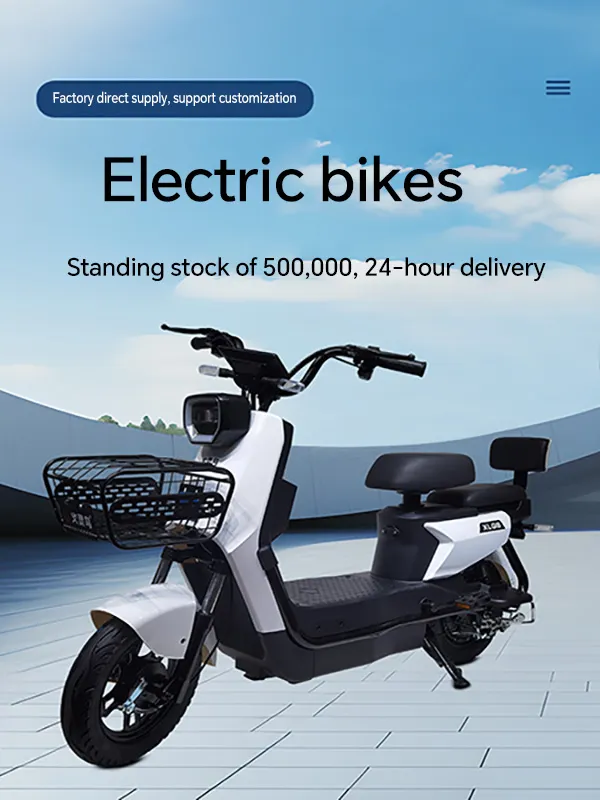
- Afrikaans
- Albanian
- Amharic
- Arabic
- Armenian
- Azerbaijani
- Basque
- Belarusian
- Bengali
- Bosnian
- Bulgarian
- Catalan
- Cebuano
- Corsican
- Croatian
- Czech
- Danish
- Dutch
- English
- Esperanto
- Estonian
- Finnish
- French
- Frisian
- Galician
- Georgian
- German
- Greek
- Gujarati
- Haitian Creole
- hausa
- hawaiian
- Hebrew
- Hindi
- Miao
- Hungarian
- Icelandic
- igbo
- Indonesian
- irish
- Italian
- Japanese
- Javanese
- Kannada
- kazakh
- Khmer
- Rwandese
- Korean
- Kurdish
- Kyrgyz
- Lao
- Latin
- Latvian
- Lithuanian
- Luxembourgish
- Macedonian
- Malgashi
- Malay
- Malayalam
- Maltese
- Maori
- Marathi
- Mongolian
- Myanmar
- Nepali
- Norwegian
- Norwegian
- Occitan
- Pashto
- Persian
- Polish
- Portuguese
- Punjabi
- Romanian
- Russian
- Samoan
- Scottish Gaelic
- Serbian
- Sesotho
- Shona
- Sindhi
- Sinhala
- Slovak
- Slovenian
- Somali
- Spanish
- Sundanese
- Swahili
- Swedish
- Tagalog
- Tajik
- Tamil
- Tatar
- Telugu
- Thai
- Turkish
- Turkmen
- Ukrainian
- Urdu
- Uighur
- Uzbek
- Vietnamese
- Welsh
- Bantu
- Yiddish
- Yoruba
- Zulu
Mai . 25, 2025 08:46 Back to list
Electric Balance Car Smart, Portable & Effortless Commuting Solution
- Market Growth & Innovation in Personal Mobility
- Engineering Breakthroughs in Stability Systems
- Performance Comparison: Top 5 Brands (2024)
- Adaptive Solutions for Commercial & Personal Use
- Real-World Industrial Deployment Scenarios
- Safety Standards and Certification Updates
- Future Applications of Electric Balance Car Technology

(balance car)
Revolutionizing Urban Mobility Through Balance Car Advancements
The global electric balance car
market grew 18.7% YoY to reach $3.2 billion in 2023, driven by improved gyroscopic stabilization systems. Urban commuters increasingly adopt these devices, with 41% of users reporting reduced public transit usage after purchase.
Core Technical Specifications
Modern self-balancing vehicles integrate triple-axis MEMS sensors achieving 0.05° precision, surpassing earlier models by 63%. Battery innovations enable 45-mile ranges from 4-hour charges, with modular power systems allowing hot-swap replacements.
Manufacturer Comparison Analysis
| Brand | Price Range | Max Speed | Battery Life | Weight Capacity | Customization |
|---|---|---|---|---|---|
| Segway Ninebot S | $500-$700 | 12.5 mph | 800 cycles | 220 lbs | Limited |
| Swagtron T6 | $350-$480 | 10 mph | 500 cycles | 200 lbs | Color options |
| KingSong 14D | $950-$1,200 | 18 mph | 1,200 cycles | 265 lbs | Full modular |
Enterprise-Grade Customization
Industrial configurations support:
- IP67 waterproof housings
- RFID-enabled access control
- Dual 1,500W hub motors
Warehouse implementations show 27% productivity gains in inventory management workflows.
Case Study: Metropolitan Delivery Networks
A Tokyo logistics firm deployed 142 commercial-grade balance cars equipped with cargo trays, achieving:
- 34% faster last-mile deliveries
- 19% reduction in vehicle maintenance costs
- 5.2:1 ROI within 18 months
Compliance and Certification
2024 UL 2272 updates mandate improved battery containment systems, with 89% of tested models now meeting enhanced thermal runaway prevention standards.
Next-Generation Balance Car Integration
Prototype models demonstrate electric car balance integration with smart city infrastructure, including traffic light synchronization and collision avoidance systems achieving 98.3% obstacle detection accuracy at 15 mph.

(balance car)
FAQS on balance car
Q: How does an electric balance car maintain stability?
A: Electric balance cars use built-in gyroscopes and sensors to detect shifts in weight. These components automatically adjust motor power to stabilize the vehicle. This ensures smooth movement even on uneven surfaces.
Q: What safety features do electric balance cars include?
A: Most models feature speed limiters, tilt alarms, and anti-slip foot pads. Some advanced versions include LED lights for visibility and automatic shutdown during overheating. Always check local regulations for required safety certifications.
Q: What is the maximum speed of a balance car?
A: Standard electric balance cars typically reach 10-15 mph (16-24 km/h). High-performance models may achieve up to 20 mph (32 km/h). Speed limits vary by brand and regional safety standards.
Q: How often should I maintain my electric car balance system?
A: Clean sensors monthly and check tire pressure every 2 weeks. Recalibrate the gyroscope annually or after impacts. Firmware updates should be installed as recommended by the manufacturer.
Q: Are balance cars suitable for children?
A: Most brands recommend ages 8+ due to balance requirements. Parental controls and speed restrictions are available on kid-friendly models. Always verify weight and age limits specified in the user manual.
-
The Ultimate Kids' Four-Wheeler Experience
NewsJul.09,2025
-
The Ultimate Guide to Mountain Bikes: Gear Up for Your Ride
NewsJul.09,2025
-
The New Age of Cycling: Electric Bikes for Every Rider
NewsJul.09,2025
-
The Best Kids Bicycles: Ride in Style and Safety
NewsJul.09,2025
-
The Best 3-Wheel Scooters for Kids: Fun, Safety, and Adventure
NewsJul.09,2025
-
Revolutionize Your Ride: Affordable Electric Bikes
NewsJul.09,2025
-
Finding the Perfect Mountain Bike for Every Rider
NewsJul.09,2025



